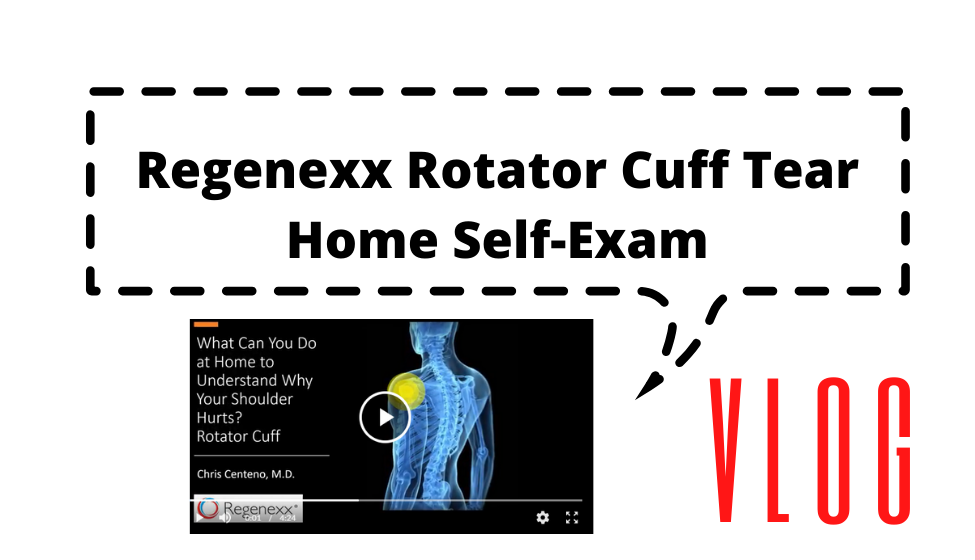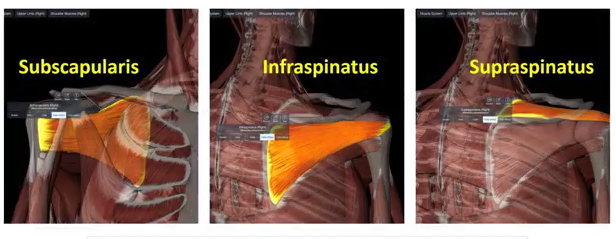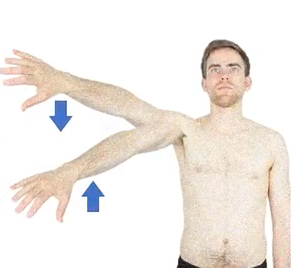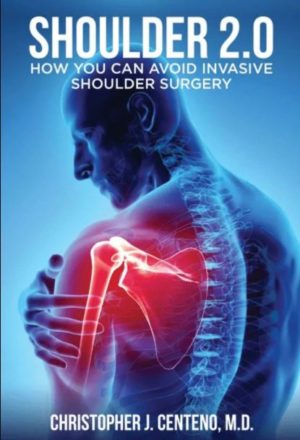Hi It’s Dr. Centeno, and this is my series “You’ve Got the Power”, which is all about what you can do at home to understand why various issues are going on.
In this episode, we’re going to cover why your shoulder hurts and focus on your Rotator Cuff. So, if you’re stuck at home, what can you do to figure out why your shoulder hurts? One of the problems we’ve always had in Healthcare is it’s been a situation where the doctor knows more than the patient. That’s called asymmetrical.
But my goal with this series is to give you the power. I want to share my physical exam secrets learned over a lifetime of treating patients with rotator cuff tears with you so that you can now understand what’s wrong with your own body and take that power back, so you can get the best care possible.
The 3 Rotator Cuff Muscles that We’re Focusing On
So, your rotator cuff is made up of lots of different muscles. We’re going to focus on three:
- The Subscapularis (as you see there on the left), which comes around from the back into the front of the shoulder.
- The Infraspinatus, which comes around the back of the shoulder, and
- The Supraspinatus, which is on the top of the shoulder.
Test 1: Empty Can Test
So test one is an “Empty Can Test” and you do what you see there to the right. You take your arm straight out to your side and then move it forward slightly, and then point your thumb toward the ground. That’s a critical part.
Then take your arm from the 90 degree shoulder angle shown and move it up and down from that 90 degrees to about 45 degrees.
So the first question is: Can you do this? And the second question is: Does it hurt?
If it hurts or causes pain, that’s a positive Empty Can Test. And you can know it’s positive by taking your thumb from pointing down towards the ground and moving it towards the ceiling and trying it again.
If you can move it towards the ceiling and try it again without any pain or much less pain – and again, when you point your thumb down towards the ground, that hurts more – then you know, that’s a positive Empty Can Test.
The empty can test assesses the supraspinatus for instability and the presence of tears.
The supraspinatus is the most commonly injured rotator cuff muscle. It originates from the shoulder blade passes laterally beneath the acromion and attaches to the humerus.
The supraspinatus stabilizes the shoulder joint and allows one to raise their arm in a plane similar to a jumping jack.
Test 2: External Rotation Tendon Testing
Test 2 is External Rotation Tendon testing. So, here, you just have to have someone hold your arm as shown, and you move your hand out as shown. That’s what you call an external rotation-type movement.
You want to keep your elbow at your side, have someone hold your hand, or, if you’re at home alone, you can do this against a wall as well, and just push outward and see if that causes your shoulder pain.
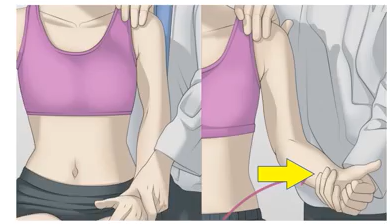
Test 3: Internal Rotation Tendon Testing
And then Internal Rotation Tendon Testing is just doing the opposite. So you can, again, do this against a wall if you’re home alone, or, if you have someone there to help you, they can hold your hand. In this case, you bring your hand inwards, and that would be if it hurts and causes shoulder pain, a positive Internal Rotation Tendon Test.
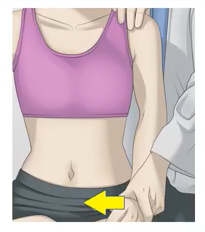
Your Results
Related: Inside Knee Self Exam
